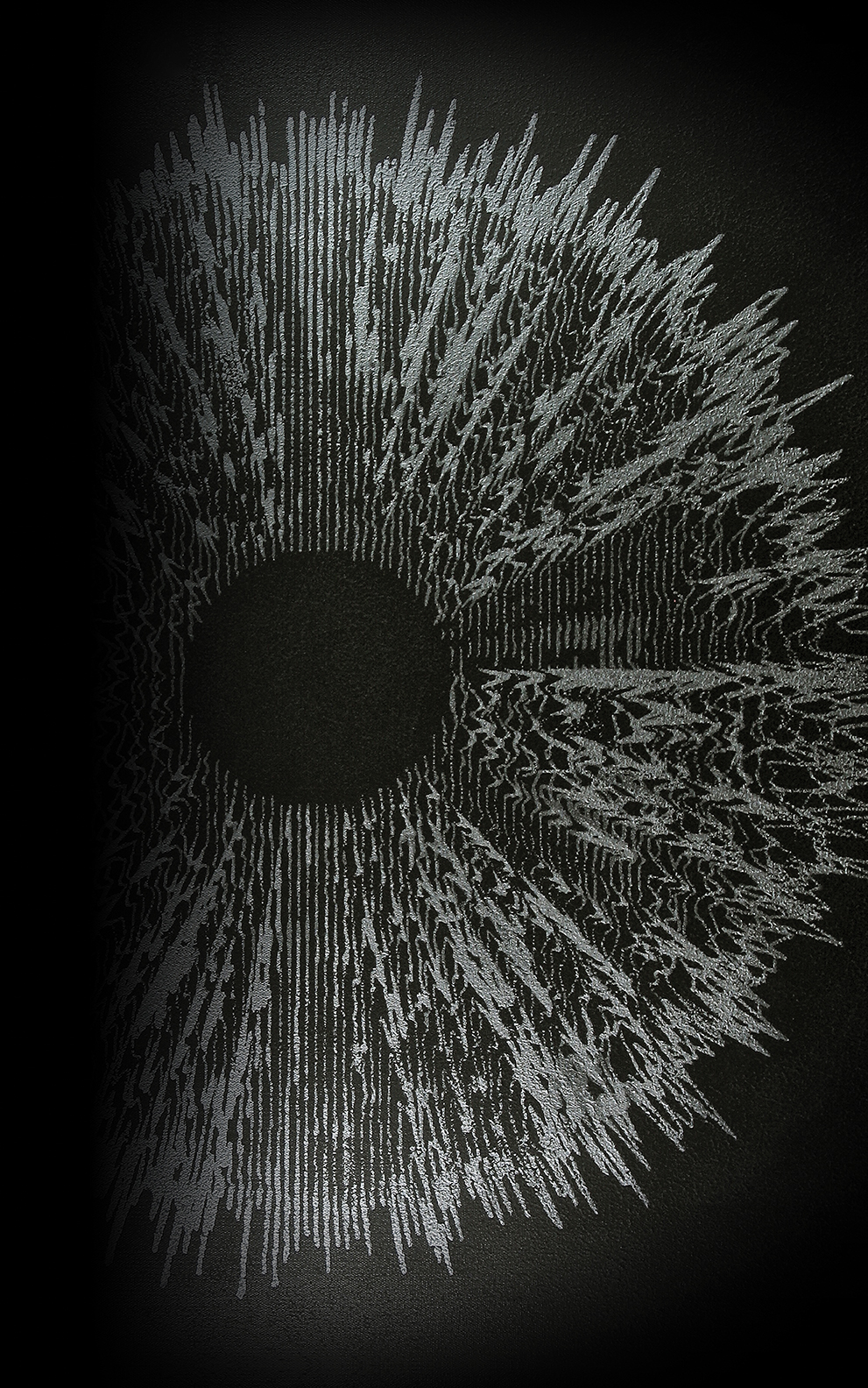The Novation Launchpad series of USB pad controllers [Tape Op #82 online] has gone through a number of iterations since the first Launchpad came out back in 2009, and here we are with the latest, and most innovative revision yet — the Launchpad Pro. For those not familiar, the Novation Launchpad built on the "clip-launching USB MIDI 8×8 LED grid" paradigm originally pioneered by the Monome community, and it set a standard as the affordable, bus-powered Ableton Live controller.
The latest version of this responsive grid of programmable pads builds on everything learned with the previous children of the Launchpad family, greatly expanding on the device's playability as an instrument, and it also incorporates some really cool nods to the standalone hardware nerds like myself out there who are perpetually looking for interesting and easy ways to bridge modern DAW setups with MIDI (and by extension, CV-controlled) hardware. And it maintains a degree of affordability that, given the depth of the feature set, is kinda stunning.
While the Launchpad Pro can now be used with a wide variety of software (and hardware), the out-of-the-box focus is primarily on its tight integration with Ableton Live [Tape Op #95]. In this function, it begs the obvious comparison to Ableton's own Push hardware controller [#115] which is now in its second generation. While the two share some similar feature sets, I wouldn't say that these controllers share a 1:1 relationship in terms of their fit and function with regard to my Ableton workflow. After using both (often in conjunction with one another) I tend to think of them as different — well, complementary — beasts. But rather than go down that road, let's look at what is just so darn Pro about this new Launchpad.
It's all about the pads in this rev; the 8×8 grid is now pressure and velocity–sensitive, and is backlit in full RGB color (à la Ableton Push 2, or Livid Base, etc.). The pads feel and look wonderful! They are a bit smaller than the Push 2's, of course, due to the much smaller footprint of the Launchpad Pro, but I found them similar in quality and responsiveness. They are somewhat "thick" feeling, which is neither here nor there — just an observation that they feel different than say, MPC pads, or yes, the Push 2 pads. I can say that they are very playable, with enough sensitivity and articulation for building expressive drum parts or other instrument compositions. Plus, they have adjustable aftertouch for additional expressiveness (if your virtual instrument, hardware instrument, or DAW supports it). The RGB LED pads are super bright, even running off of USB bus power, and they dynamically match the color of your clips in Ableton Live's session view. (Check the manual for some fun "light show" effects which you can program that really highlight the RGB color palette.)
And, in addition to the clip and scene–launching abilities that the Launchpad family has always had, the Launchpad Pro offers customizable melodic layouts (finally!) via its Note mode. Yes, this is similar to Push as well, but offers some interesting and quick ways to change scales. I did a quick dive into the manual to sort it out, but it's actually quite easy and direct; you transpose the default C1 major scale layout up or down in semitones by pressing the left or right navigation buttons in either direction. And when you want to change your modality, you activate Scale Mode by pressing the Shift and Note buttons, and then choose from a selection of 32 keys and modes (Minor, Phrygian, Blues, etc.). Even just blind experimentation with Scale Modes led to some really nice, melodic, happy accidents!
In addition to the instrument (melodic) layout of Note Mode, there is a "drum rack" layout that the Launchpad Pro switches to automatically when a drum track is selected in Ableton Live, and there are additional mixer and control modes as well for changing fader values, effects, parameters, etc. The fader moves take unique advantage of the velocity-sensitive pads. The softer you hit a pad, the slower a parameter changes; the harder you hit a pad, the faster that change will occur. Other dedicated controls such as Quantize, Duplicate, and Double buttons make for a tightly integrated fit with your Live sessions.
A really cool and unique element of the Launchpad Pro (my two cents) that sets it apart from other similar grid/pad controllers is that the Note and Scale Modes, as well as the velocity and aftertouch pad capabilities mentioned above, can be used with external hardware instruments via the included MIDI breakout cables — without a computer in the mix! For instance, I created a few MIDI chain "experiments" with my Moog Mother-32 and Roland Juno-106 attached to the Launchpad Pro's MIDI I/O, and I used the USB port only for power (although the unit does come with a 12 V wall wart too). After selecting the Note, Drum, or Fader layouts from the Launchpad Pro's Settings page, I could play my analog synths in weird and wonderful ways I never have before — and could choose to keep all of my bleeps and boops in key and constrained to a particular modality if I wanted to! No computer? Crazy, right? Having this standalone ability on top of the already deeply customizable feature set, in a controller I can throw into a backpack, is awesome. Speaking of portability, Novation also included their two-piece Launchpad Pro Case with my review unit, which is a protective canvas and hook-and-loop affair that seems roadworthy and durable. Ultimately, I didn't find myself using it as much as I thought I might, but I could see it being helpful to avoid bumps and nicks when playing out and about.
Well done, Novation. Long live the 8×8 grid! Long live the Launchpad!




_disp_horizontal_bw.jpg)